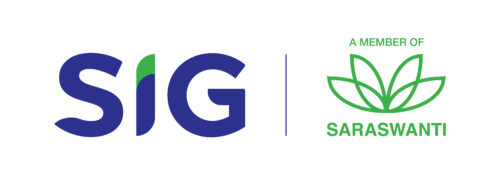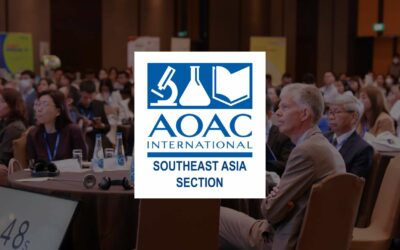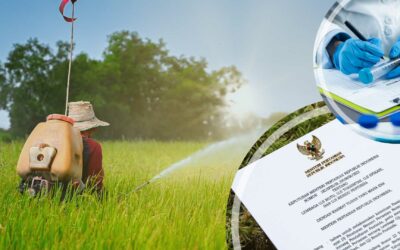1,4-Dioksan
1,4-Dioksan adalah pengotor yang mungkin ada dalam jumlah sedikit di beberapa kosmetik dan produk perawatan pribadi. 1,4-dioxane sendiri tidak digunakan sebagai bahan tambahan yang disengaja tetapi dapat terbentuk sebagai produk sampingan selama proses pembuatan bahan-bahan teretoksilasi tertentu, seperti kosmetik yang mengandung sodium laureth sulfate atau polietilen glikol yang biasanya digunakan dalam kosmetik dan perawatan pribadi. produk, termasuk bahan pembersih (yaitu, deterjen), bahan pembusa, pengemulsi, dan pelarut.
1,4-dioxane adalah karsinogen manusia yang potensial. Senyawa 1,4-dioxane adalah jejak kontaminan dalam beberapa produk kosmetik. Oleh karena itu diperlukan beberapa alat canggih untuk mendeteksi 1,4-dioxane dan memberikan hasil yang akurat.
Di Indonesia 1,4-dioksan dalam kosmetik diatur dalam PerBPOM No. 12 Tahun 2019 sebesar 25 mg/kg atau 25 mg/L untuk semua produk kosmetik.
Bagaimana SIG dapat membantu
Laboratorium SIG dapat membantu melakukan pengujian analisis 1,4–Dioksan pada berbagai macam kosmetik. Pengujian kami juga memastikan apakah 1,4-Dioksan berada pada tingkat yang sesuai, sebagaimana ditentukan oleh peraturan nasional dan internasional.
Metode Analisis
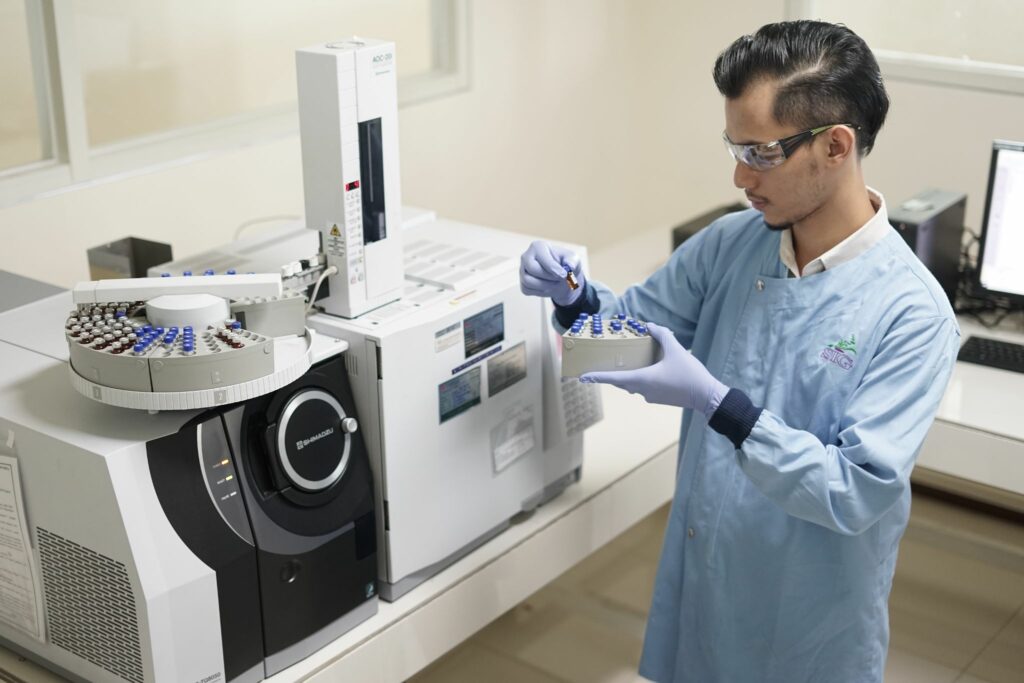
Metode GC adalah teknik yang paling baik digunakan untuk pengujian 1,4-dioxane dengan banyak detektor seperti spektrometri massa dan dilengkapi dengan sistem injeksi headspace yang bertujuan untuk meningkatkan batas deteksi metode pengujian.
Berita dan Informasi
Aktif Terlibat Dalam Forum Internasional: SIG Resmi Menjadi Bagian AOAC Southeast Asia
SIG telah meraih keanggotaan resmi dalam AOAC Southeast Asia (AOAC SEA). Langkah ini menandai komitmen SIG dalam mendukung perkembangan ilmu analisis dan pengujian ilmiah di wilayah Asia Tenggara. AOAC SEA adalah bagian dari AOAC Internasional yang merupakan sebuah organisasi global...
SIG Resmi Memperoleh Penunjukan dari KEMENTAN, Penuhi Kebutuhan Uji Mutu, Khasiat, dan Keamanan Pestisida
Pemanfaatan teknologi pengujian dan terdepan dalam pengembangan riset studi toksisitas, SIG berdasar Keputusan Menteri Pertanian RI No. 282 Tahun 2023 Sukses melengkapi penunjukannya sebagai lembaga uji...
SIG Gandeng Triskelion-Belanda: Membuka Peluang UKM Memasuki Pasar Eropa
SIG adalah laboratorium pengujian mutu dan keamanan produk terakreditasi ISO 17025 yang telah berpengalaman lebih dari satu dekade di dunia penelitian. Sejalan dengan semangat menjadi agen pendukung terciptanya dunia yang lebih aman #towardsasaferworld dan berperan aktif...
SIG Laboratory
Graha SIG, Jl Rasamala No. 20, Taman Yasmin, Bogor, Jawa Barat 16113.
Phone. +62 251 7532 348
WhatsApp. +62 82 111 516 516
Email. marketing-sig@saraswanti.com
SIG Jakarta
Jl. Percetakan Negara No. 52 B RT 006 / RW 001, Rawasari, Cempaka Putih, Jakarta Pusat 10570.
Phone. +62 21 2147 9292
SIG Surabaya
AMG Tower, 12th Floor, Jl. Dukuh Menanggal 1-A, Gayungan, Surabaya, Jawa Timur, 60234.
Phone. +62 31 8253 1288
WhatsApp. +62 818 885 165
Email. marketing@sigsurabaya.com
SIG Semarang
Jl. Kanfer Raya Blok R No. 4 Pedalangan, Kec. Banyumanik, Kota Semarang, Jawa Tengah 50268.
Phone. +62 24 7004 0541
WhatsApp. +62 812 9000 5165
Email. cs.sigsmg@saraswanti.com
SIG Medan
Jl. Bunga Asoka, Ruko Komp. Asoka Raya Residance No. 1, Medan Selayang, Sumatera Utara 20133,
WhatsApp. +62 822 7207 9665
Email. salesmedan.sig@saraswanti.com
SIG Yogyakarta
WhatsApp. +62 896 4856 9422
Email. arifin.sig@saraswanti.com
SIG Makassar
WhatsApp. +62 853 3843 9816
Email. anwar@sigsurabaya.com
Jam Operasional
Senin sd Jumat
08.00 - 17.00 WIB.

FOLLOW KAMI
